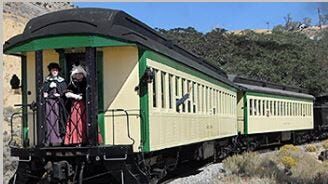
"Elements and Implications of a Hypertext Pedagogy" Computers and Education, 31(2), pages 185-193. Computers and the Teaching of Writing in American Higher Education, 1979-1994: A History Ablex Publishing Corporation, Norwood NJ, p.
^ Hawisher, Gail E., Paul LeBlanc, Charles Moran, and Cynthia L. "Hypertext and Creative Writing", Proceedings of ACM Hypertext 1987, Chapel Hill, North Carolina, United States, pages 41-50. Proponents argue that Storyspace's visual maps of how hypertext nodes are connected allow students to focus on writing in hypertext rather than on technical issues, and that linking and/or visually juxtaposing ideas allows students to develop a visual logic. It has been used for teaching creative writing in particular, and was especially popular in the early years of the web when hypertext linking was less fluid and web pages had to be hand-coded in HTML. Storyspace has also been used extensively in secondary and tertiary education for teaching writing skills and critical thinking. Several classics of hypertext literature were created using Storyspace, such as Afternoon, a story by Michael Joyce, Victory Garden by Stuart Moulthrop, Patchwork Girl by Shelley Jackson, and Figurski at Findhorn on Acid by Richard Holeton. 
Bolter and Joyce presented it to the first international meeting on Hypertext at Chapel Hill in October 1987.

It was created in the 1980s by Jay David Bolter, UNC Computer Science Professor John B.
#Youtube storyspace eastgage software#
Storyspace was the first software program specifically developed for creating, editing, and reading hypertext fiction.






 0 kommentar(er)
0 kommentar(er)
